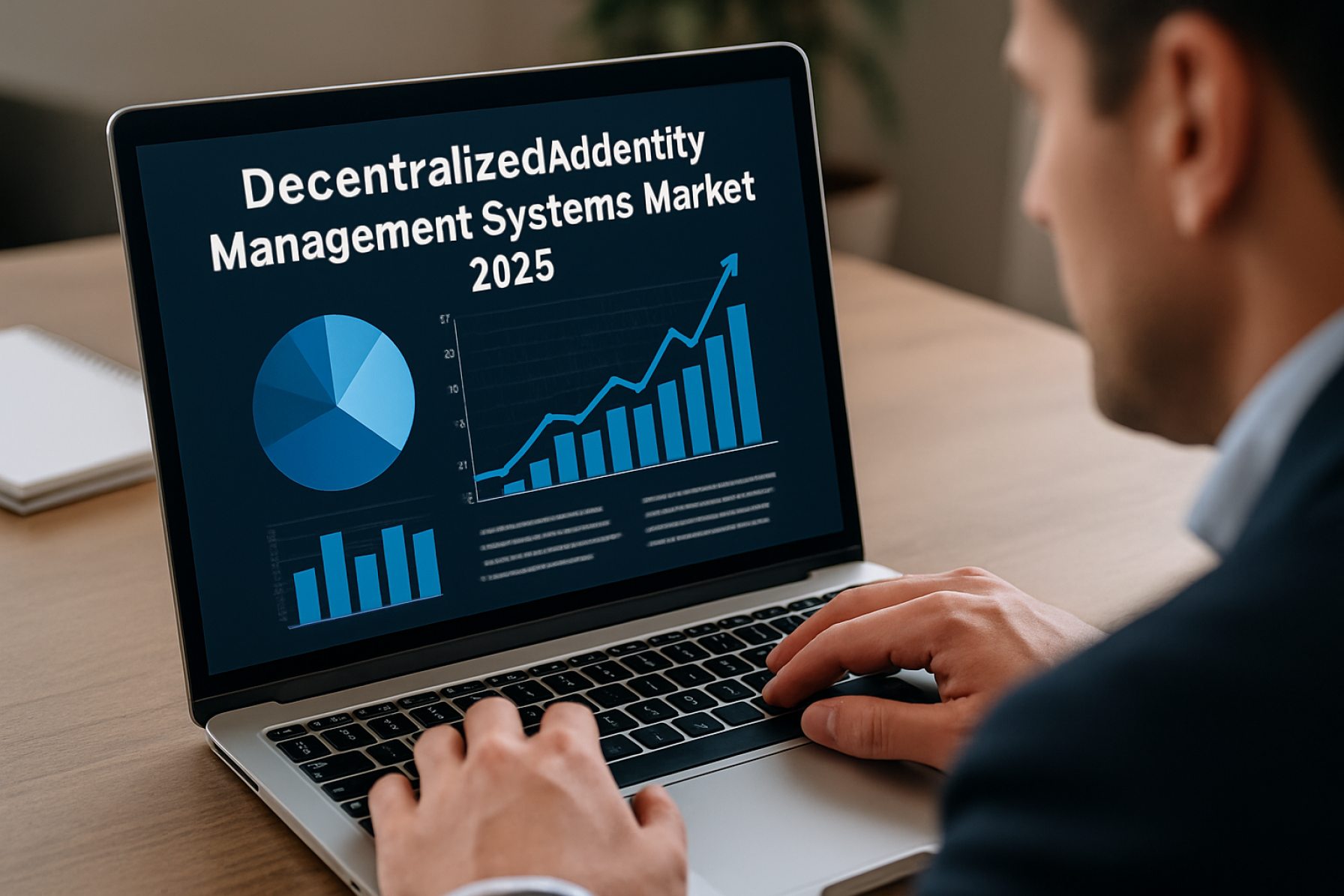Blocks & Headlines: Today in Blockchain - June 24, 2025 | XRP, Aptos, Algorand, Mutual Funds, Chicago Crypto Hub
As blockchain technology continues to gain mainstream traction in 2025, the stories dominating today’s headlines reflect an industry rapidly maturing while expanding its reach across public policy, global financial infrastructure, and inclusive fintech. Today’s briefing uncovers a multi-dimensional narrative: government pilots of stablecoins, private ventures pushing for financial inclusivity, and billion-dollar firms accelerating crypto allocations.
With the spotlight on XRP, Aptos, Algorand, and a rising crypto movement in Chicago, this June 24, 2025 edition of Blocks & Headlines provides in-depth commentary and insight into the powerful convergence of decentralized technologies and real-world applications. This is not just about coins and tokens anymore—it’s about rewriting the architecture of value.
Let’s dive into the stories defining the current chapter of the blockchain revolution.
Blockchain Capital, a heavyweight in crypto venture funding, has made a bold $10 million strategic investment into five promising digital assets: . This isn’t a spray-and-pray investment—it’s a calculated wager on tokens and ecosystems that are shaping key layers of Web3 infrastructure.
Let’s break down the strategic rationale:
This capital injection signals long-term confidence in infrastructure-layer innovation. Blockchain Capital’s managing partners emphasized their commitment to protocols with “clear utility and long-term network effects.”
This move is validation, not speculation. Each of the selected projects serves a unique niche in the broader crypto ecosystem, and Blockchain Capital’s support will likely catalyze institutional interest. As regulatory clarity improves in the U.S. and Europe, these kinds of targeted, thesis-driven bets will become the norm. It’s not about memecoins anymore—it’s about ecosystems.
In a groundbreaking public-private collaboration, the has chosen and as the technological backbone for its pilot . The initiative aims to test blockchain’s viability in government-backed digital assets while maintaining compliance with federal KYC and AML requirements.
Wyoming has been a blockchain-forward jurisdiction for years, but this stablecoin pilot raises the stakes. It effectively positions the state as a sandbox for digital dollar experimentation—a move that could inspire other states and even federal engagement.
This isn’t just a win for Aptos and Sei—it’s a milestone for U.S.-based blockchain integration. As stablecoins inch toward central bank acceptance, state-level pilots will provide critical feedback loops on scalability, privacy, and compliance. Expect this to ignite a race among Layer 1s to become the . The next great infrastructure war might not be between chains—but between governments deciding which chain to trust.
and , a leading fintech provider of biometric digital identity and payments, have announced a strategic partnership aimed at expanding financial inclusion across Africa. Their plan includes integrating Paycode’s offline-capable digital wallet with Algorand’s Layer 1 blockchain.
Key features of the initiative include:
The partnership is already live in pilot programs in countries like Zambia, Ghana, and Mozambique. The broader goal is to onboard within the next two years.
This is where blockchain’s . Too often, Web3 solutions cater to overbanked populations in developed economies. Algorand and Paycode are proving that blockchain can be both inclusive and scalable. As biometric ID merges with digital currency wallets, the next billion users may come not from Silicon Valley but from sub-Saharan Africa. This is the kind of project that regulators, nonprofits, and VCs should rally behind.
The Indian finance sector is undergoing a quiet revolution: regulators, asset managers, and fintech leaders are exploring that would allow tokenized shares and 24/7 trading.
The proposal, still in exploratory stages, envisions:
Several Indian firms—including Zerodha, Groww, and Paytm Money—are reportedly in discussions with blockchain vendors. If successful, India could leapfrog legacy systems and usher in accessible on mobile phones.
This could be India’s . With over 70 million mutual fund investors, a tokenized system would transform access, reduce friction, and eliminate settlement delays. However, integration with SEBI’s regulations will be crucial. We expect hybrid models to emerge first, combining traditional KYC with smart contracts. Once again, blockchain is proving that it’s not here to disrupt finance—it’s here to .
Dr. , a physician-turned-blockchain-advocate, is spearheading the development of a , which has now secured preliminary support from federal blockchain innovation grants. The initiative includes plans for:
The aim? To make Chicago the , rivaling cities like Austin and Miami.
Dr. Ahmed’s vision emphasizes both enterprise-grade blockchain solutions and grassroots crypto education. The project is already backed by city officials, with potential tax incentives and zoning support in the pipeline.
Chicago has long been a finance and futures hub—it’s only fitting that it transitions into a . What makes this initiative compelling isn’t just the money—it’s the infrastructure. By combining academic research, public investment, and private-sector innovation, the Chicago Crypto Hub could become a template for urban blockchain revitalization. It’s the antithesis of the “move to the Bahamas” crypto culture—it’s crypto growing up and moving downtown.
Today’s blockchain narrative is clear: the ecosystem is no longer just surviving regulatory challenges—it’s thriving in them. From institutional capital flowing into mission-critical tokens to governments testing stablecoins on Layer 1s like Aptos and Sei, the message is unmistakable: blockchain is not fringe—it’s foundational.
In short, the Web3 era is entering its institutional phase—but it’s doing so without losing its decentralization DNA.











